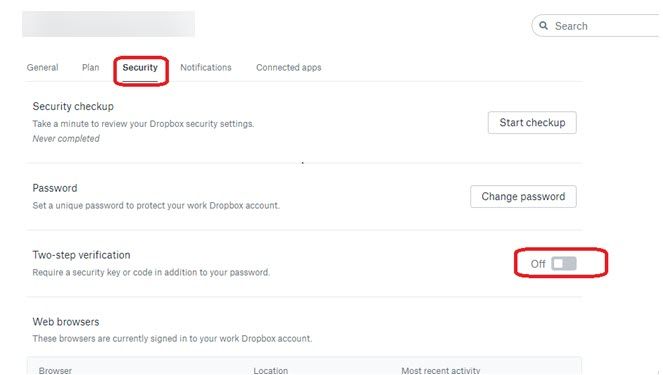

Repeat that process for each site or service listed in your old copy of Google Authenticator. You’ll probably need to enter the password for the site, or possibly the authentication code, which is why you’ll want to have the old phone and its copy of Google Authenticator handy.įinally, re-enable 2FA, this time scanning the QR code with Google Authenticator on the new phone. Once you find the right controls, disable 2FA for this site.

Case in point: The 2FA settings for Dashlane are found in the desktop app, not the website, while Reddit puts the 2FA controls on the site in the “User Settings” menu, on the “Privacy & Security” tab. It’s probably in the account, password, or security section of the website, although, if the service has a mobile or desktop app, it might be there instead. Pick a site or service that’s listed in your old copy of Google Authenticator (on the old phone) and log into its website or open the app. This is the time-consuming part we alluded to earlier.īut the overall process is straightforward, even if you need to hunt around a bit for the settings. You’ll need to migrate each of these, one at a time. You probably still have a slew of other apps and services connected to Google Authenticator-perhaps Dashlane, Slack, Dropbox, Reddit, or others. Transfer Your Google Authenticator Codes for Other SitesĬongrats! You’ve now moved Google’s authentication code to the new phone, but that’s all the only service you’ve set up is Google. Dropbox is free on the App Store.After the scan, you’ll want to enter the one-time code to verify it’s working. The below video offers a look at the new two-step authentication process. Mobile prompts are especially helpful as a backup when you don’t have cell signal, but do have Wi-Fi (for example, on a plane where you can’t receive security codes by text message). You can access mobile prompts for two-step verification by clicking on the “Having trouble getting a code?” link after you enter your email and password on .ĭropbox explains that this authentication method can be useful in situations where you can’t receive SMS messages, such as when you don’t have a cellular connection. When you’re signing in, you can have a notification sent to the Dropbox app on your phone, and simply tap a button to finish the process, rather than receiving a text message with a code to enter. Starting today, you can also use the Dropbox mobile app to verify your identity. When you try to log in on the web, the mobile app can send you a notification asking you to confirm the log in attempt: As an alternative to SMS verification and code generators, the Dropbox mobile applications can now act as a way of identity verification…Īs the company lays out in a blog post, you can now use the Dropbox mobile app to verify your identity. Dropbox today is rolling out an update to its mobile applications that makes the two-factor authentication process a bit easier.


 0 kommentar(er)
0 kommentar(er)
